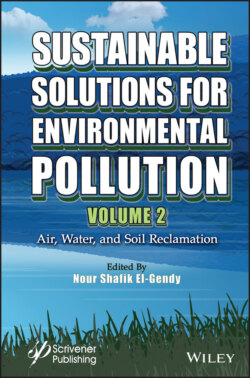Читать книгу Sustainable Solutions for Environmental Pollution, Volume 2 - Группа авторов - Страница 28
1.7.4 Emergent Aquatic Plants
ОглавлениеBecause of its large spread in natural habitats as well as its large use in CWs, P. australis is the emergent macrophyte, whose phenology has been probably the most extensively studied. Its yearly cycle begins with the start of growth, corresponding to start of the remobilization of resources (C, N, and P) stored in the rhizomes, when the accumulated degree days is high enough. Photosynthesis is taking place from the start of the growth, until the start of the senescence, after flowering. At that time, the resources are reallocated to the rhizomes and the plant starts decaying. The full decaying process is quite long (2 or more years), due to the silica content of the aboveground biomass [≈18 mg/g dry weight (Gao et al., 2019)]. By leaching of the decomposing litter, C, N, P, as well as minerals stored in the biomass are slowly released to the aquatic environment. Typha sp., P. arundinacea, Scirpus sp., and G. maxima are other groups of emergent plants, whose phenology is similar to Phragmites.
